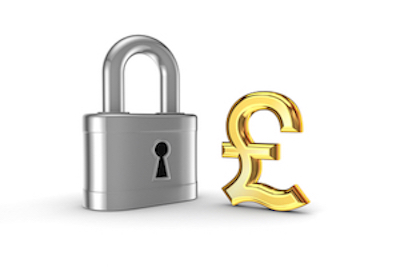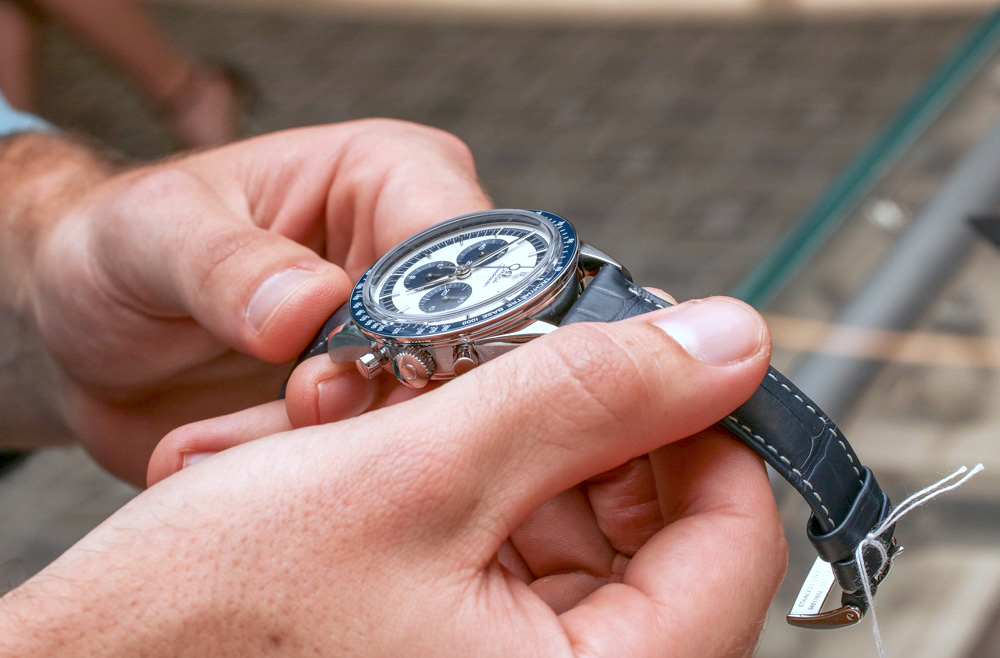Last time, we took you on a quick guided historical tour covering three thousand years of the history of collateralised lending, starting with ancient Mesopotamia and progressing from Greek civilisation to the Roman Empire to Europe in the early 1800s. Now it’s time to explore secured asset loans as modern people have become familiar with them, beginning with their uptake by banking institutions and progressing to the latest, cutting-edge technology used by unique alternative finance lenders such as peer-to-peer lender Unbolted.
Italy was the birthplace of the first bank loans based on systematised collateral obligations. The term “bank” actually came from the Italian word for the bench (“banca”) that lending merchants used in the Middle Ages when they set up their stalls in local markets. Intriguingly, an Italian lender from this period would customarily smash up his bench (“banca rupta”) if he calculated he wasn’t making enough money. The term has survived in the modern Anglophone word “bankrupt,” although the meaning is somewhat different today.
In the middle centuries of the last millennium, modern practices of pledging a purchased asset as collateral – such as a secured mortgage – were almost certainly not common, chiefly because banks of that era lacked the reliable systems needed for tracking property and borrowers.
Fast-forward a few centuries, and lenders began developing business lending and credit collateral. For example, advertisements began to appear in the United States in the 1860s for loans collateralised by high-value consumer possessions. Items such as warehouse receipts, diamonds, furniture and houses were pledged as assets in so-called “chattel loans,” the precursor of the modern secured asset loan.
By the second half of the 19th century, credit collateral began to take off. Instalment loans for sought-after but expensive new technological products became increasingly prevalent and became an indispensable part of the sewing machine market. From its obvious utility in sewing machines, the concept caught on like wildfire. A study of Boston dealers dating from 1899 showed that half of these were selling on instalments.
Credit sales became of pivotal importance in the rising new automobile industry. Take the famously humble Model T Ford: when these cars first rolled off the conveyer belts, they cost as much a half a year’s income – a quantity of money that most consumers didn’t simply have stashed in a bank or under a mattress. By 1924, the vast majority of car sales – 75 percent – were made through secured credit.
In 2016, peer-to-peer lender Unbolted offers secured asset loans using a wide array of asset categories as collateral for lending. Luxury handbags, luxury watches, diamonds, jewellery, rare books and manuscripts, musical instruments, fine art and even gold and silver bullion can be used as security for our low interest rate loans.
A huge advantage of this method of borrowing is that it never involves intrusions into our customers’ privacy in the form of credit searches. Creditworthiness is irrelevant to our pool of lenders – we already have all the security needed for your borrowing requirements in the form of a high-value asset placed under our control for the duration of the loan.
Secured asset lending may have begun three thousand years ago, but Unbolted has brought it into the 21st century.



 WhatsApp Us
WhatsApp Us


